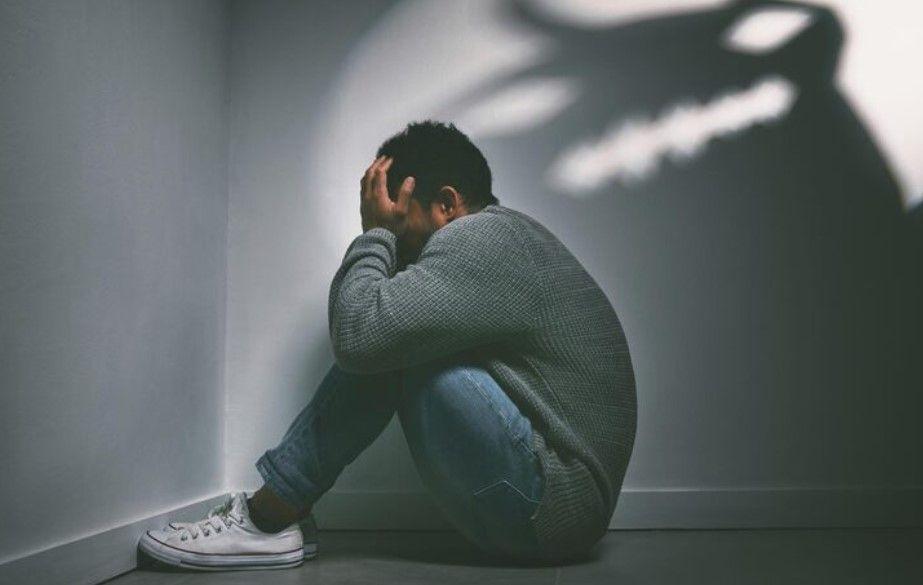Building Resilience and Coping Skills: Essential Tools for PTSD Recovery
Let's focus on empowering individuals with PTSD by helping them build resilience and develop effective coping skills. These tools are essential for navigating the challenges of PTSD and fostering long-term recovery.
Understanding Resilience
Resilience is the ability to adapt to and recover from adversity, trauma, and significant stress. It doesn’t mean avoiding difficulties but rather having the capacity to bounce back and grow from challenging experiences. Building resilience can help individuals with PTSD manage their symptoms more effectively and improve their overall quality of life.
Key Strategies for Building Resilience
1. Here are some practical strategies for building resilience: Cultivate a Positive Mindset
- Positive Thinking: Practice focusing on positive aspects of life and maintaining an optimistic outlook. While it’s important to acknowledge and process negative emotions, balancing them with positive thoughts can enhance resilience.
- Gratitude Practice: Regularly reflect on things you are grateful for. Keeping a gratitude journal and writing down three things you’re thankful for each day can help shift your focus to positive experiences.
2. Develop Emotional Awareness and Regulation
- Mindfulness and Meditation: Mindfulness practices can help you stay present and manage overwhelming emotions. Techniques such as mindfulness meditation, deep breathing exercises, and progressive muscle relaxation can promote emotional regulation.
- Emotional Expression: Find healthy ways to express your emotions, such as talking with a trusted friend, writing in a journal, or engaging in creative activities like painting or music.
3. Strengthen Social Connections
- Build a Support Network: Surround yourself with supportive and understanding people. This can include family, friends, support groups, or mental health professionals. Social support is a critical component of resilience.
- Communicate Openly: Maintain open lines of communication with your support network. Share your feelings and experiences, and don’t hesitate to ask for help when needed.
4. Enhance Problem-Solving Skills
- Identify Problems Clearly: Break down complex issues into smaller, manageable parts. This makes it easier to address each component and reduces feelings of being overwhelmed.
- Generate Solutions: Brainstorm multiple solutions to problems. Consider the pros and cons of each option and choose the best course of action.
- Take Action: Implement your chosen solution and monitor its effectiveness. Be prepared to adjust your approach if necessary.
5. Adopt Healthy Lifestyle Practices
- Physical Activity: Regular exercise can improve mood and reduce symptoms of PTSD. Aim for at least 30 minutes of moderate exercise most days of the week.
- Balanced Diet: Eating a healthy diet rich in fruits, vegetables, whole grains, lean proteins, and healthy fats supports overall well-being.
- Sleep Hygiene: Prioritize good sleep habits, such as maintaining a regular sleep schedule, creating a relaxing bedtime routine, and ensuring your sleep environment is comfortable.
6. Set Realistic Goals
- Short-Term Goals: Set small, achievable goals that can provide a sense of accomplishment and motivation. Celebrate each success, no matter how small.
- Long-Term Goals: Identify long-term objectives and break them down into smaller steps. This approach can make larger goals feel more manageable and attainable.
Developing Coping Skills
Coping skills are techniques that help individuals manage stress and emotional pain. Here are some effective coping skills for managing PTSD:
1. Grounding Techniques
Grounding techniques help bring your focus to the present moment, which can be particularly useful during flashbacks or periods of high anxiety. Examples include:
- 5-4-3-2-1 Technique: Identify five things you can see, four things you can touch, three things you can hear, two things you can smell, and one thing you can taste.
- Deep Breathing: Practice slow, deep breaths, inhaling through your nose and exhaling through your mouth. This can help calm your nervous system.
2. Cognitive-Behavioral Techniques
- Thought Challenging: Identify negative thoughts and challenge their validity. Replace them with more balanced, realistic thoughts.
- Behavioral Activation: Engage in activities that bring you joy or a sense of accomplishment, even when you don’t feel like it. This can help break the cycle of depression and inactivity.
3. Self-Compassion
- Be Kind to Yourself: Practice self-compassion by treating yourself with the same kindness and understanding that you would offer a friend. Acknowledge your struggles without self-criticism.
- Forgive Yourself: Let go of self-blame and guilt related to the trauma. Recognize that healing is a process, and it’s okay to take time to recover.
4. Seek Professional Help
- Therapy and Counseling: Continue attending therapy sessions and work collaboratively with your therapist to develop and refine coping strategies.
- Medication Management: If prescribed, take medications as directed and communicate with your healthcare provider about any concerns or side effects.
CATEGORIES












